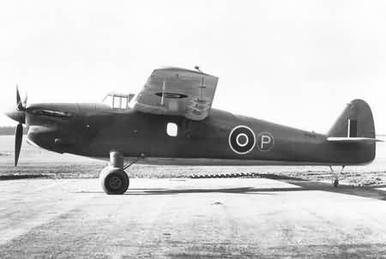What might be the alternatives? Requirement is still the crew of two, 4 cannons, full carrier-vessel capability (low-speed handling, visibility, folding wings, tailhook, then-current electronics, overall protection from the salt water/air environment), long range & endurance. In service by late 1943/early 1944, Made in UK.
"Clean sheet of papers" A/C encouraged, but not mandatory
"Clean sheet of papers" A/C encouraged, but not mandatory



